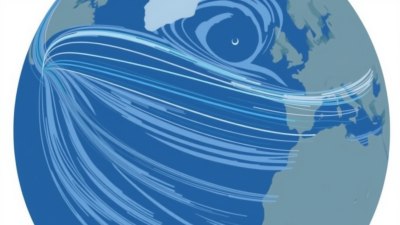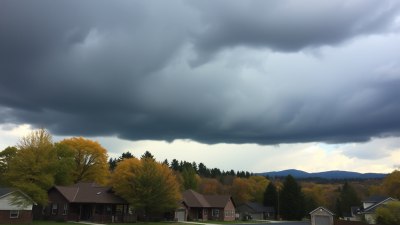Why Does a Small Breeze Feel Like a Hurricane When You’re on a Bike?
The surprising physics behind why even a light wind can make your ride feel like a battle

You check the weather before heading out for a ride—“light breeze,” the forecast says. But the second you start pedaling, it feels like you’re battling a hurricane. A gentle wind that barely rustles the trees suddenly becomes a brutal force working against you. So why does a small breeze feel so intense when you’re on a bike? It turns out, the answer lies in physics, aerodynamics, and a little bit of human frustration.
Wind Feels Worse on a Bike Because You’re Moving
When you’re standing still, a 10 mph breeze is just that—10 mph. But when you’re biking, the equation changes completely. Here’s why:
- Headwinds add to your speed: If you’re biking at 15 mph into a 10 mph wind, the wind hitting you feels like 25 mph.
- Crosswinds mess with balance: A side breeze can push you unpredictably, making steering feel unstable.
- Tailwinds are never as helpful as you’d hope: While headwinds make you suffer, tailwinds never seem to push you forward quite as much.
It’s All About Aerodynamic Drag
When you cycle, your biggest enemy isn’t the weight of your bike—it’s air resistance. The faster you go, the more air you have to push through. Even a light breeze increases that resistance:
- At slow speeds (under 10 mph): You mostly feel the ground’s friction and minor wind resistance.
- At moderate speeds (10–20 mph): Wind resistance becomes noticeable, especially in headwinds.
- At higher speeds (20+ mph): Air feels like a wall you have to break through, and any extra breeze feels exaggerated.
This is why professional cyclists hunch over—reducing wind resistance is key to moving faster with less effort.
Why Headwinds Feel So Much Worse Than Tailwinds
In theory, a tailwind should make biking effortless, but in reality:
- Headwinds slow you down drastically: Every gust forces you to push harder just to maintain speed.
- Tailwinds don’t feel as strong: Since they’re moving with you, they feel weaker than they actually are.
- You always notice resistance more than assistance: Human brains focus on obstacles, not advantages.
That’s why biking into the wind feels like an intense struggle, while a tailwind barely registers.
Crosswinds Are Their Own Special Nightmare
Side winds don’t slow you down as much as headwinds, but they make cycling unpredictable. A sudden gust can:
- Push you off course, especially on open roads.
- Make steering harder, forcing you to constantly adjust.
- Be extra dangerous if you’re biking near traffic or on bridges.
Experienced cyclists often lean slightly into crosswinds to stay balanced, but even then, strong gusts can make riding stressful.
How to Make Riding in Wind Less Miserable
If you’re stuck battling the elements, here are some tricks to survive:
- Lower your profile: The more upright you are, the more wind resistance you create. Lean forward slightly to cut through the air.
- Gear down, don’t push harder: Fighting the wind with brute force will wear you out—switch to an easier gear and spin your legs faster.
- Plan routes wisely: Try to start against the wind when you’re fresh, so you finish with a tailwind.
- Draft behind someone: If you’re riding with others, let them take the brunt of the wind while you ride in their slipstream.
The Wind Always Wins (But You Can Laugh About It)
Every cyclist has faced the frustration of feeling like they’re pedaling through a storm on a windless day. It’s just part of the deal. The best approach? Accept that wind will always exaggerate your suffering, embrace the challenge, and maybe complain a little when you finally stop. After all, what’s cycling without a little wind-induced misery?











